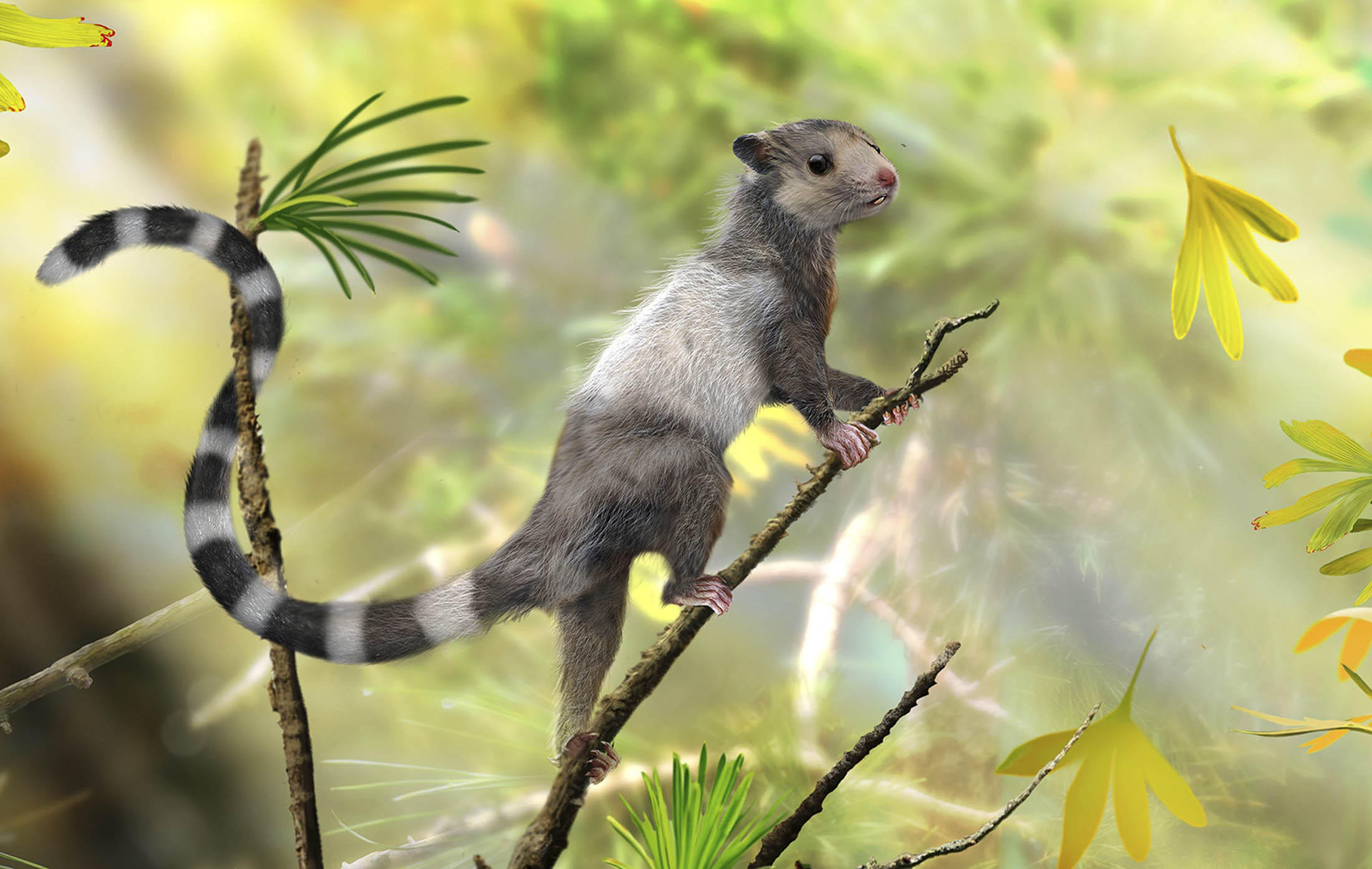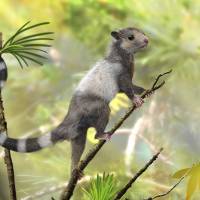It may not have been the friendliest place for furry little creatures, but three newly identified squirrel-like mammals thrived in the trees of the Jurassic Period, with dinosaurs walking below and flying reptiles soaring above.
Scientists recently announced the discovery in China of fossils belonging to three critters in a find that sheds light on a poorly understood collection of ancient mammals, and indicates that mammals as a group appeared earlier than some experts thought.
The three species come from a group called haramiyids that previously had been known only from isolated teeth and fragmented jaws. Scientists had not even been sure they were mammals at all.
The fossils from Liaoning Province in northeastern China proved definitively they were mammals, in part because of the presence of three bones of the middle ear characteristic of all mammals from shrews to whales to people. The three species date from about 160 million years ago, a time when dinosaurs ruled the land. But a number of recent fossil discoveries have shown that mammals were far more diverse during that period than previously recognized.
The three species likely looked like small squirrels, with slim bodies and elongated fingers in the hands and feet, indicating they were dedicated tree dwellers. They had long and probably prehensile, or grasping, tails, another feature that helped them stay in the tree branches.
Based on the shape of their teeth, they probably were omnivorous, eating insects, nuts and fruit, said Jin Meng, a vertebrate paleontologist at the American Museum of Natural History in New York.
The three species had an estimated weight ranging from about that of a mouse, 30 grams, to that of a small squirrel, about 300 grams.




















With your current subscription plan you can comment on stories. However, before writing your first comment, please create a display name in the Profile section of your subscriber account page.